Reporting Back from the International Symposium on Narcolepsy
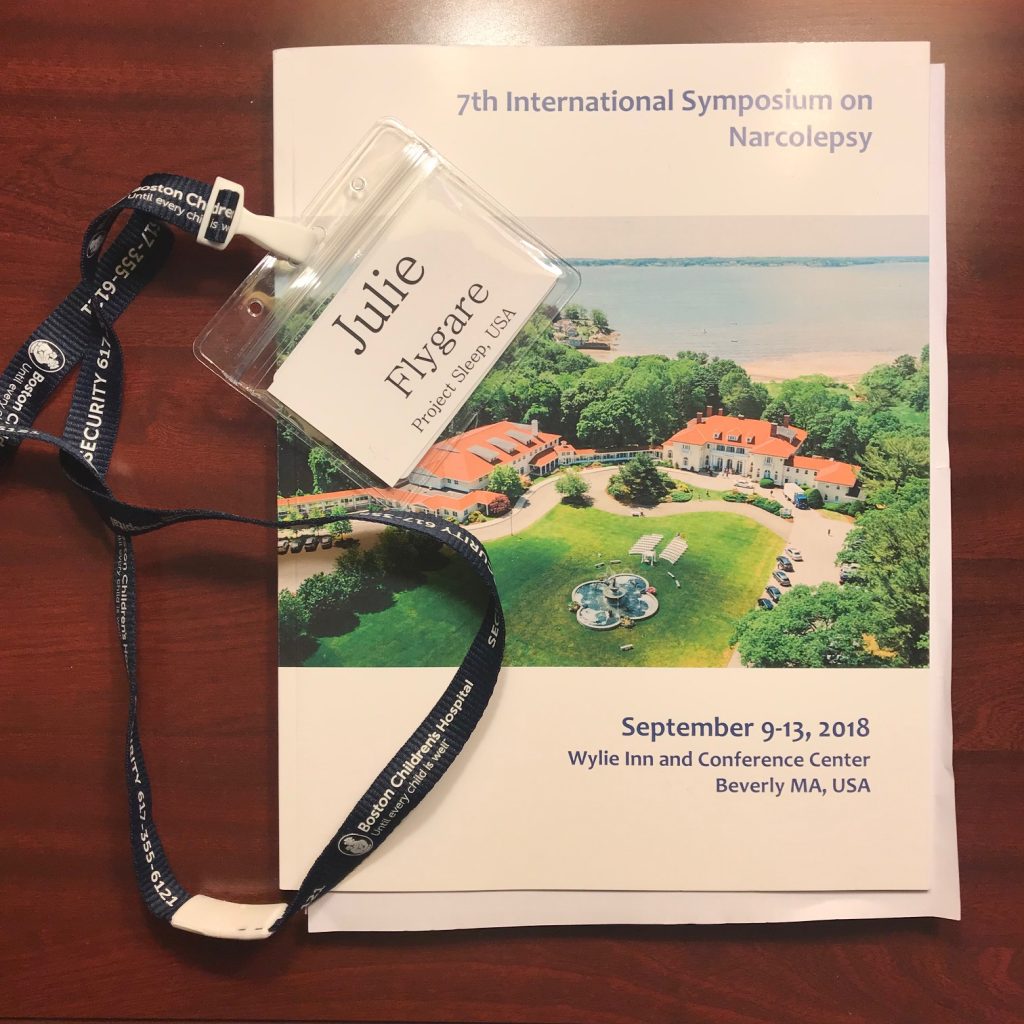
This past week, I was honored to represent Project Sleep at the 7th International Symposium on Narcolepsy from Sept 9 – 13, 2018 in Beverly, MA. At this meeting, leading narcolepsy researchers and clinicians from around the world came together to discuss developments in the clinical features of narcolepsy, promising treatment advances, and the underlying neurobiology of the condition.
As a person living with narcolepsy with cataplexy, the schedule was action-packed from breakfast to dinner, which made me nervous. However, I was so glad the conference rooms were not far from the hotel rooms, so I could easily run back to take my daily naps – to keep my cognition high and cataplexy low.
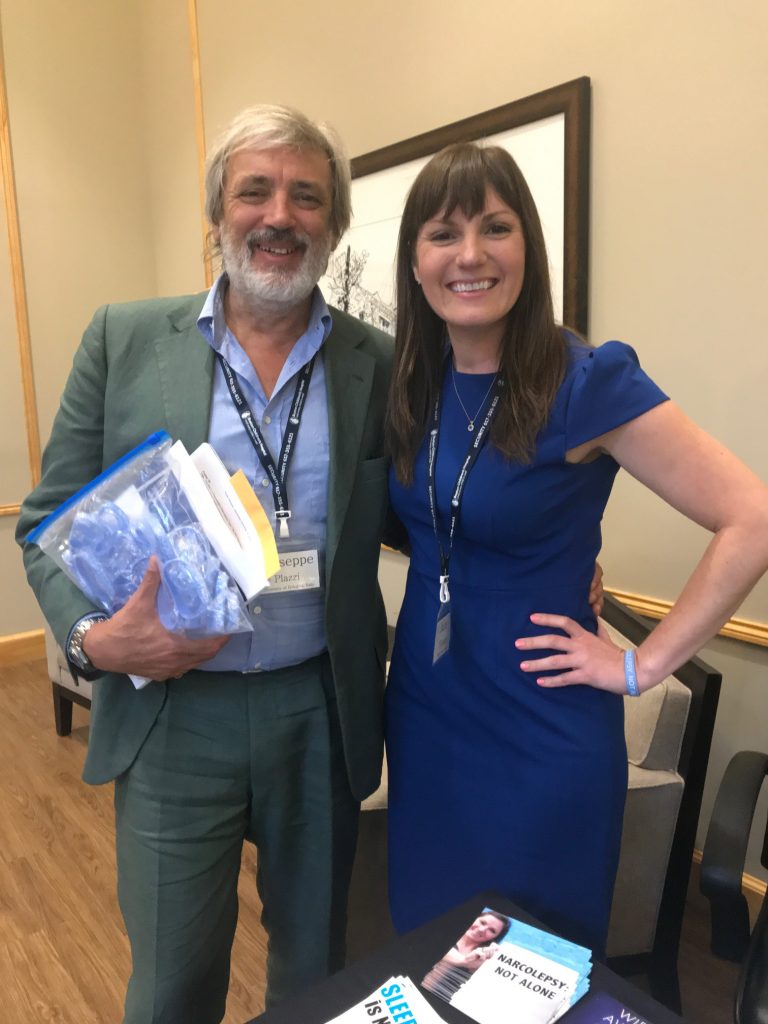
Dr. Giuseppe Plazzi of Italy
Our International Community Rocks
I was thrilled to participate in the full meeting — I learned a lot and made great new connections. In addition, it was fun to catch up with some of my favorite researchers and clinicians from the United States, the Netherlands, France, Taiwan and Italy.
One awesome moment that made me smile was when world-renowned Italian researcher and clinician, Dr. Giuseppe Plazzi, pulled up the cuff of his jacket to show me that he was still wearing his Project Sleep Narcolepsy: Not Alone bracelet! In September 2016, I was so lucky to visit with the Italian narcolepsy community in Bologna and to meet Dr. Plazzi and his team. Two years later, Dr. Plazzi is still wearing his same bracelet! It’s a small thing but it speaks volumes, don’t you think?
Highlights from the Symposium
- There is exciting progress being made to better understand the underlying neurobiology of type 1 narcolepsy with cataplexy. Multiple researchers spoke about new evidence of the particular T-cells that may be involved in the attack on hypocretin/orexin neurons in type 1 narcolepsy. Here is a key paper just published TODAY with new findings shared at the Symposium: Latorre, D. et al. T cells in patients with narcolepsy target self-antigens of hypocretin neurons Nature (Sept. 19, 2018).
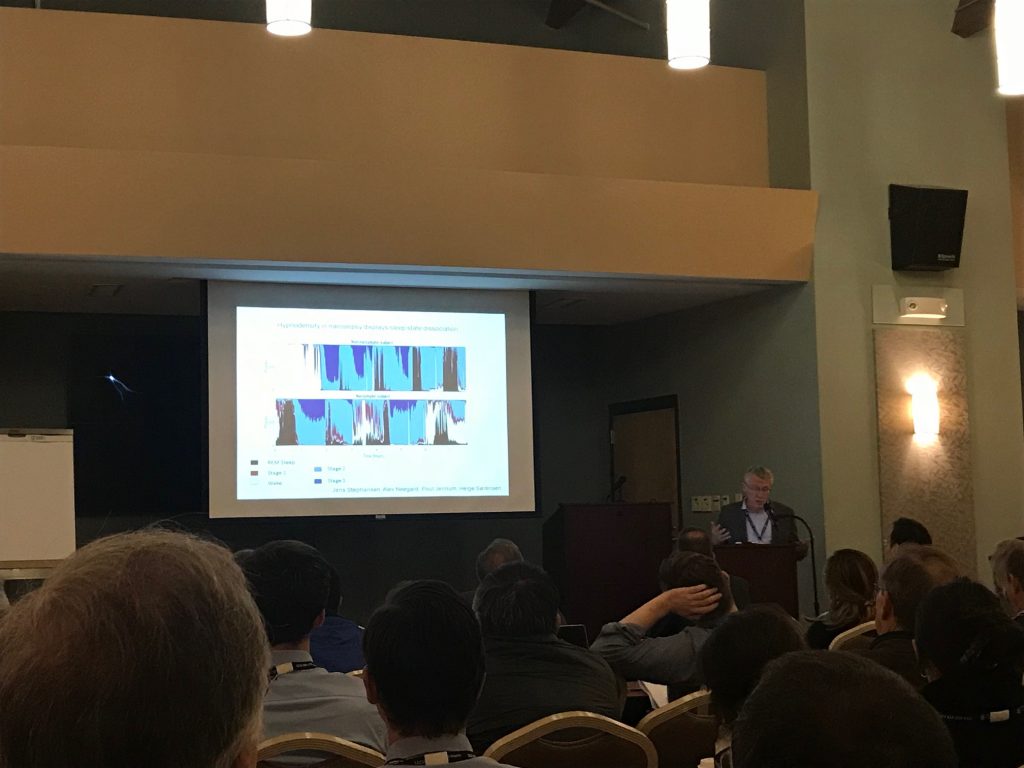
Dr. Emmanuel Mignot Presenting on New Evidence of the T cells involved in the loss of hypocretin/orexin.
- There was an important discussion throughout the meeting regarding improving the classification and understanding of type 2 narcolepsy and idiopathic hypersomnia. Increasingly, research is indicating that the MSLT (daytime portion of the 24 sleep study) may not be the best way to test for and classify individuals with type 2 narcolepsy and idiopathic hypersomnia (IH). Studies are showing that if an individual goes back for a second MSLT, the results may not be consistent with the first. This creates a lot of confuson for individuals and doctors. Interesting data was presented and great discussions were underway toward improving the classification of type 2 narcolepsy and IH. One important study discussing this issue is published here. Project Sleep will keep a close watch on this area and try to keep the community informed.
- There was a lot of great discussion about advancing novel treatment options for narcolepsy. For an overview of the current drug development and clinical trial space for narcolepsy, please see my recent post here.
What to Say in Five Minutes?
On Tuesday evening, I had the opportunity to briefly introduce Project Sleep in a five-minute presentation for Symposium attendees. The other organizations presenting included the Hypersomnia Foundation, Narcolepsy Network and Wake Up Narcolepsy.
In the weeks leading up to the Symposium, I spent more time than I’ll admit agonizing over these five minutes. Ultimately, I decided to highlight my personal journey to raising my voice, Project Sleep’s Advocacy Program and Project Sleep’s Rising Voices of Narcolepsy program (as an evidence-based approach to raising awareness and reducing stigma).
 |
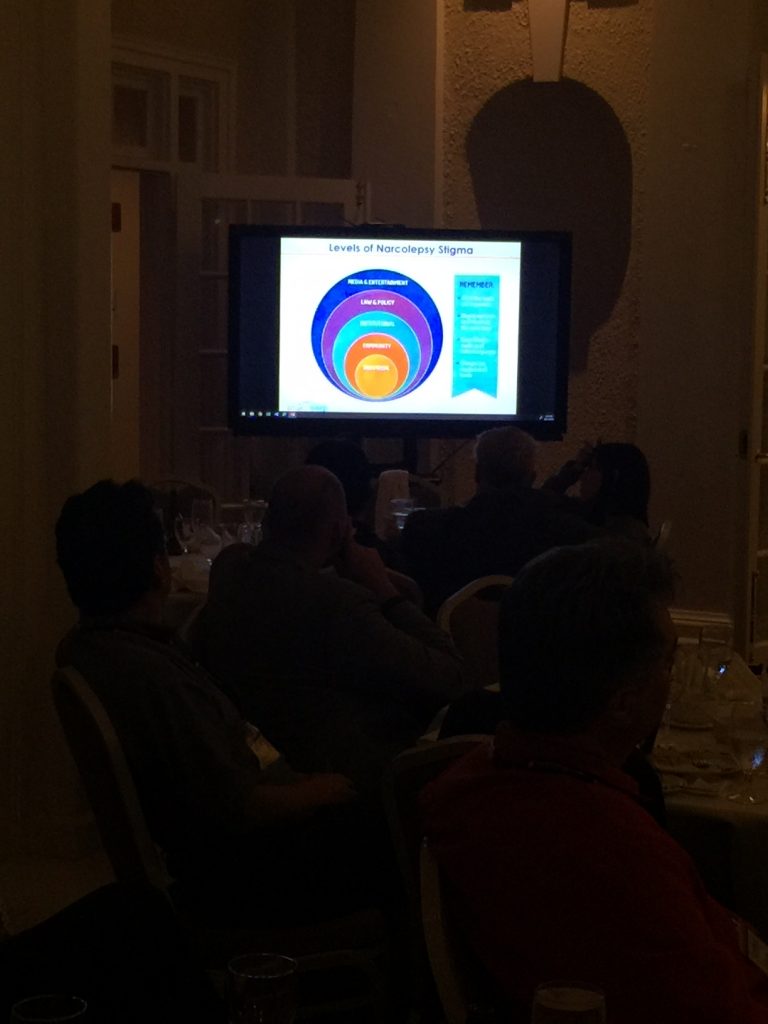 |
When I described how our advocacy last spring led to a Congressional letter to NIH in support of narcolepsy research with 17 members of Congress signing onto the letter, the audience broke into applause! I smiled so big, it felt amazing that this group appreciated our efforts. I only wish every single person who had worked on this effort across the country last February (you know who you are!) had been there with me to hear this applause for your efforts. Your advocacy matters and is making an impact!
A Birthday Surprise
As I walked to the front of the room to give my five-minute presentation, I was so surprised when Dr. Maski mentioned that it was my birthday week and handed me a birthday card signed by many of my colleagues and friends at the meeting! This was SO thoughtful. Special thanks to Mary King of the Hypersomnia Foundation for coordinating this and for picking out a card with candles that look like spoons! 😉
Diverse Research to Improve Outcomes
In the future, I believe that social science research will play a key role in the narcolepsy research space. If there is anything as fascinating and complex as the human body and brain, it is the cultural frameworks we live in and how this influences our decisions and health. I hope Project Sleep can help to advance this important area of research and continue building evidence-based programs to effectively break down stereotypes and misunderstandings. Some may argue that this exploration isn’t as important as advancing novel treatments, but I believe that social science research and stigma-reducing programming holds great potential to improve people’s lives and clinical outcomes by increasing individuals’ engagement with medical care and treatments.
Likewise, I am eager for future opportunities to share health communications best practices to this group. I feel so fortunate to have worked with a health communications expert, Rebecca Fuoco, MPH, who developed fantastic people-centered language recommendations for the sleep field. Project Sleep utilizes these guidelines in all our communications and trainings for advocates, speakers and writers. Ms. Fuoco’s scholarship also led the academic journal, Sleep, to update their author guidelines in accordance with her recommendations. So, it would be a fitting next step to bring this scholarship to our leading narcolepsy researchers too.
Thank You For This Opportunity!
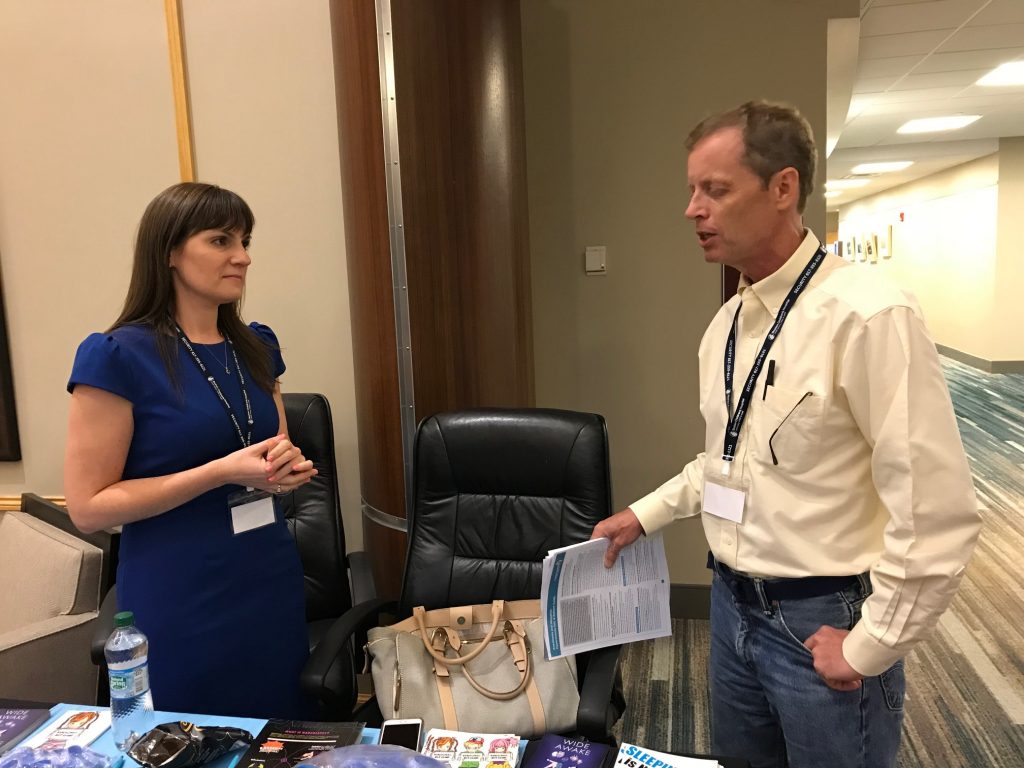
Dr. Thomas Scammell of the US
All in all, if I had to sum up this experience in one word, it would be: HOPEFUL. There is a lot of great research taking place around the world. Meeting the scientists and clinicians who are making these advancements was deeply meaningful and inspiring. I’m so very grateful for their passion to this cause and their respect for my perspective.
Also, I am encouraged and grateful that the US-based patient advocacy organizations were invited to participate in this 7th International Symposium and I hope that this helps to open doors to more individuals and organizations who bring important multidisciplinary expertise and experience to the discussion in the future.

Dr. Kiran Maski of the US
Together, I truly believe we are building a brighter future and I am extremely honored to work hard alongside an incredible scientific, clinical and advocacy community of rockstars, collaborators, colleagues and friends.
Special thanks to the organizing committee and to Dr. Thomas Scammell, Dr. Kiran Maski and Shaye Moore for your hard work organizing and hosting this unforgettable event. I cherished every moment and it was a huge lifetime highlight to participate in this meeting.

Dr. Claire Donjacour of the Netherlands and Dr. Emmanuel Mignot of the US
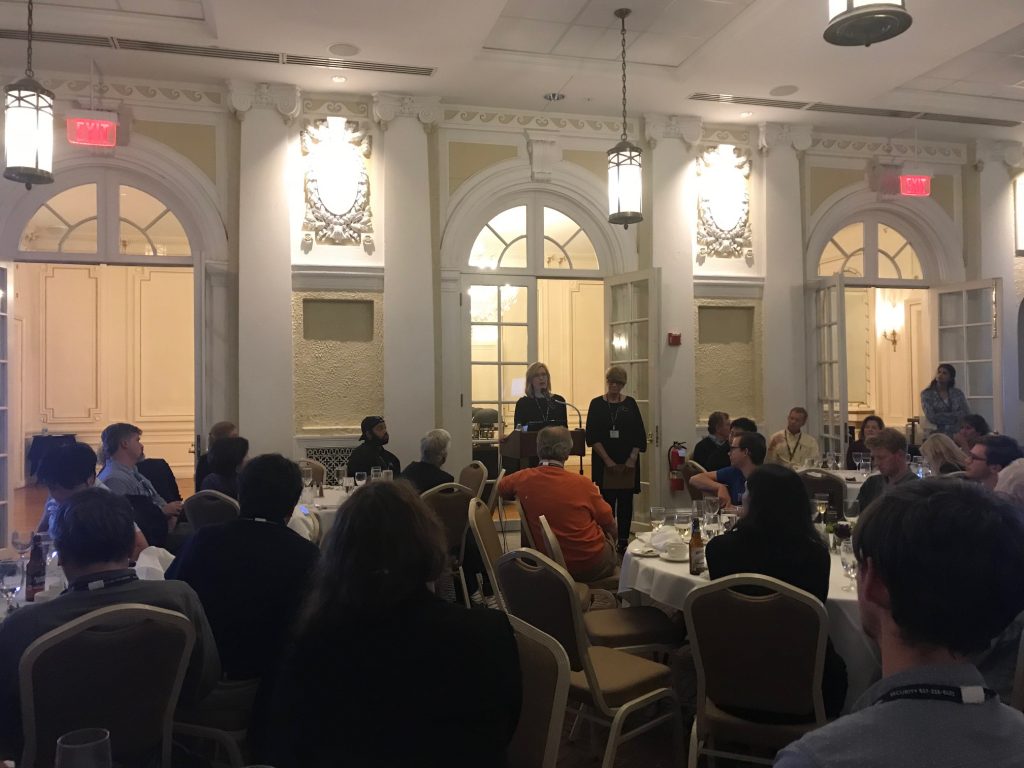
Hypersomnia Foundation Presents about Their Programming
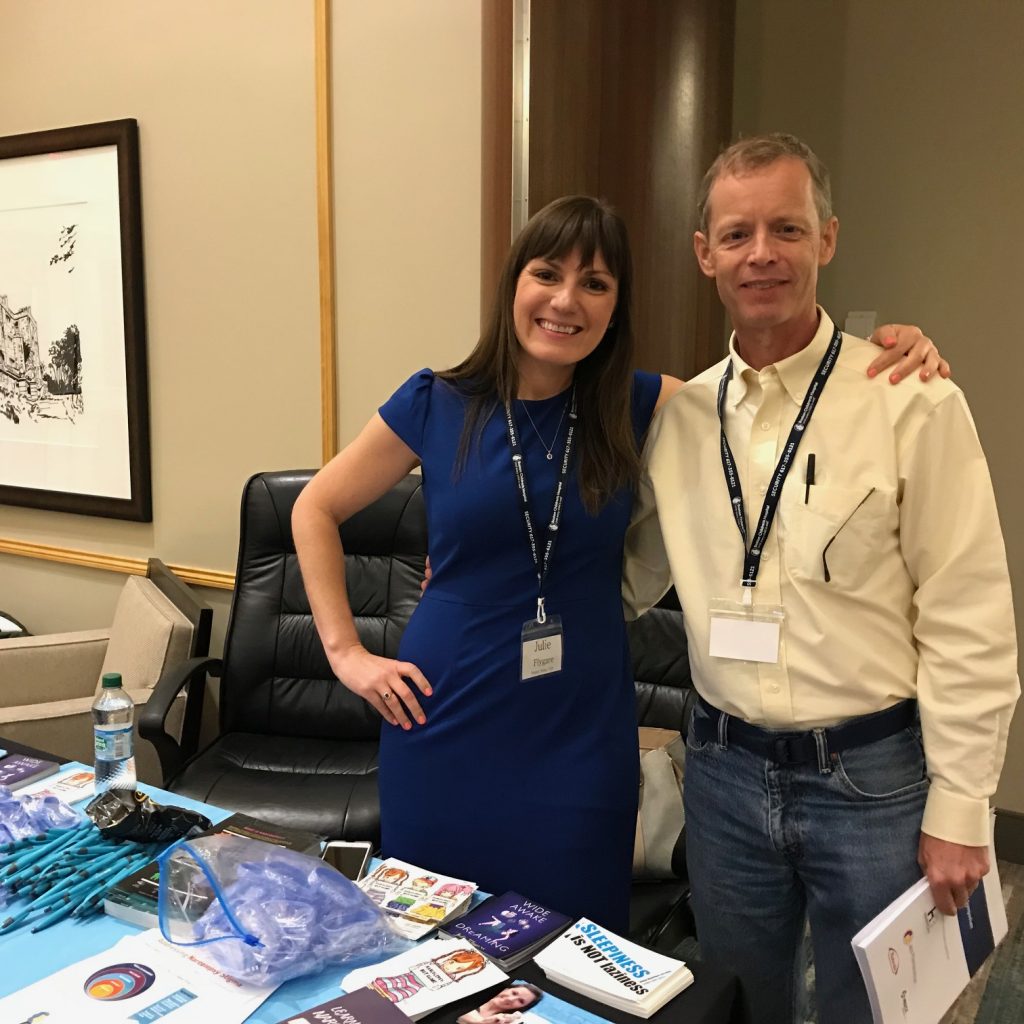
Dr. Thomas Scammell of the US
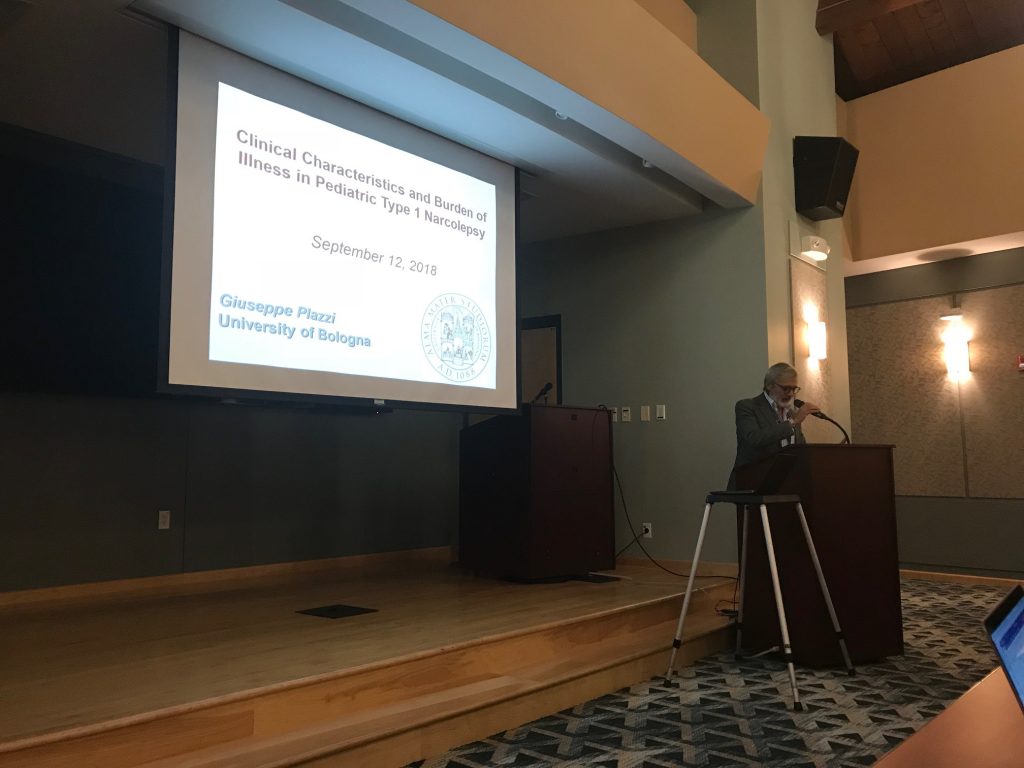
Dr. Giuseppe Plazzi of Italy
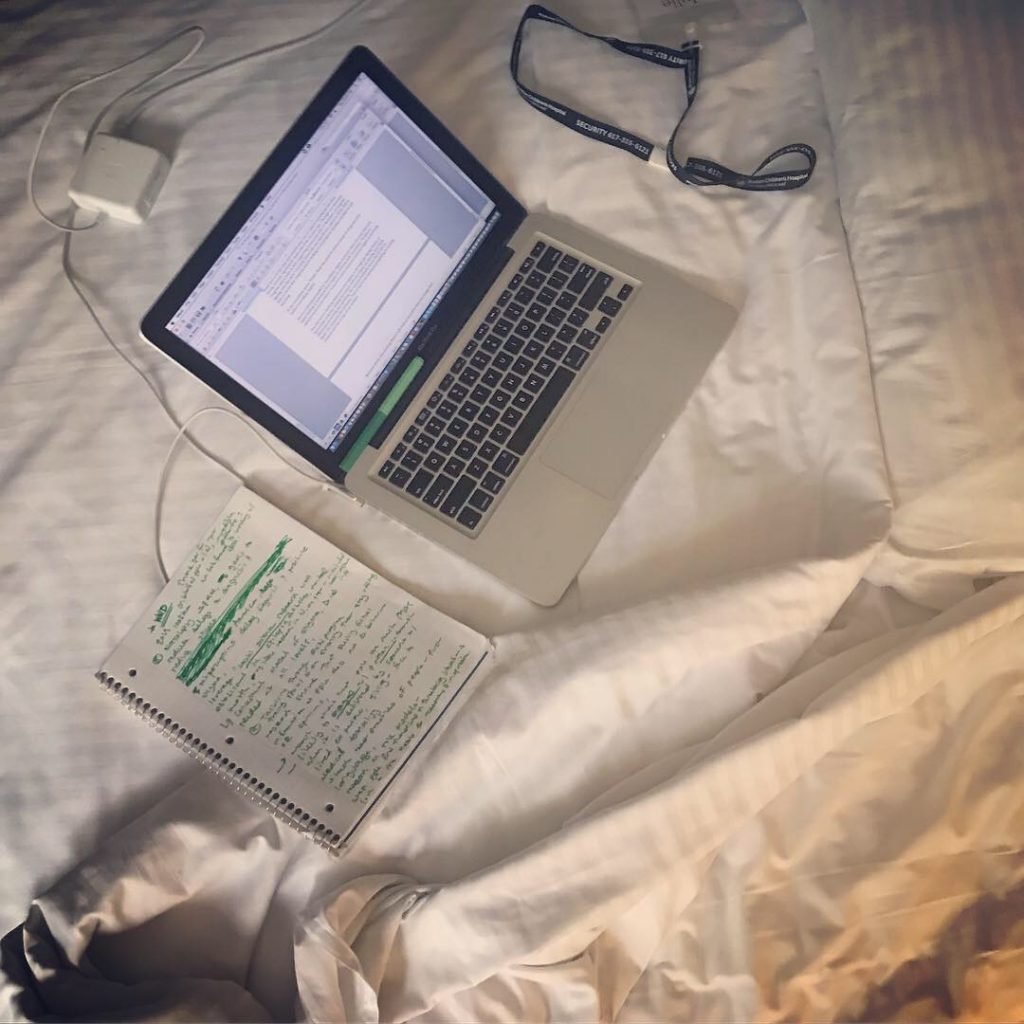
Post-nap last minute prep for my five-minute presentation.
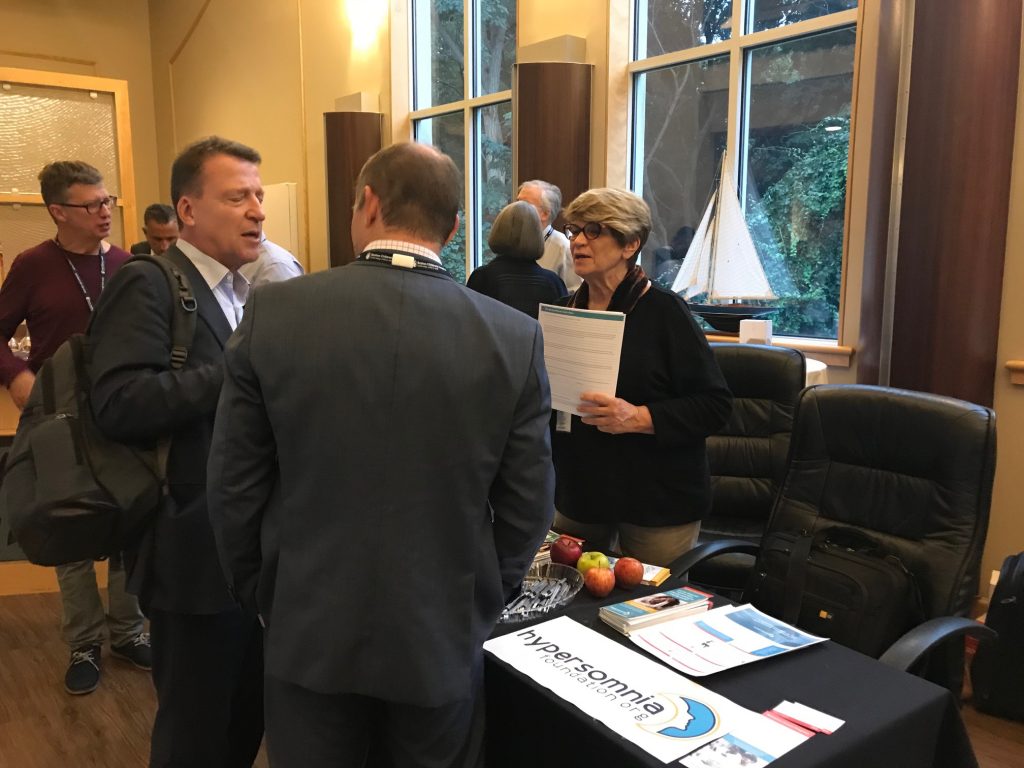
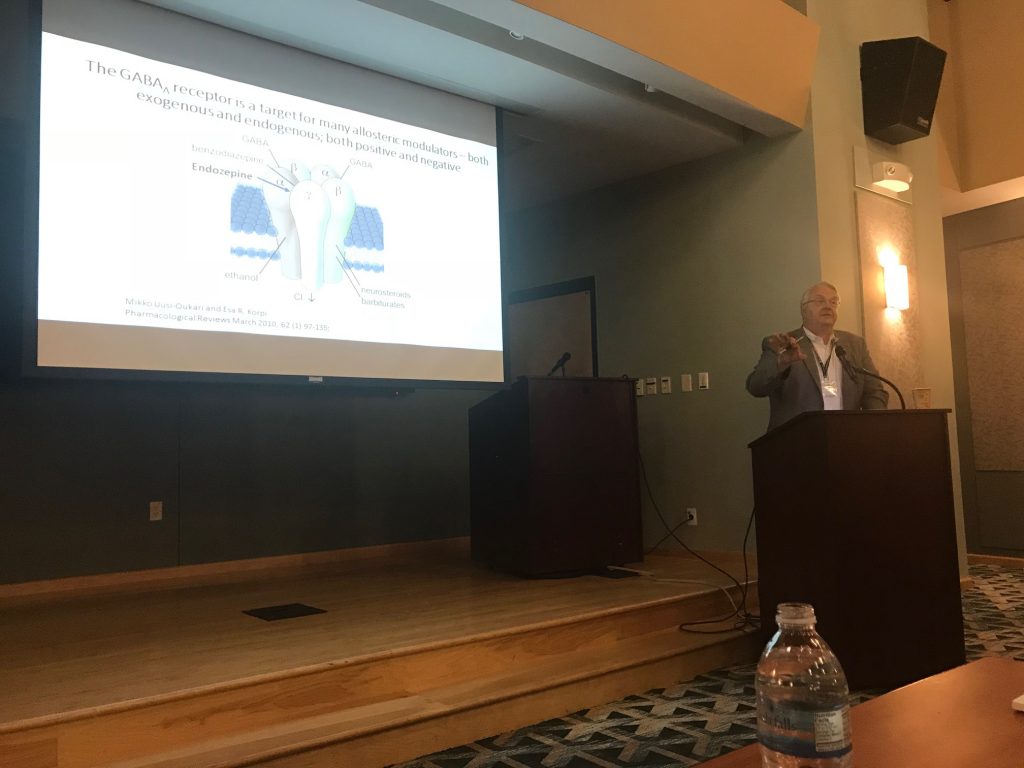
Dr. David Rye presenting on Idiopathic Hypersomnia
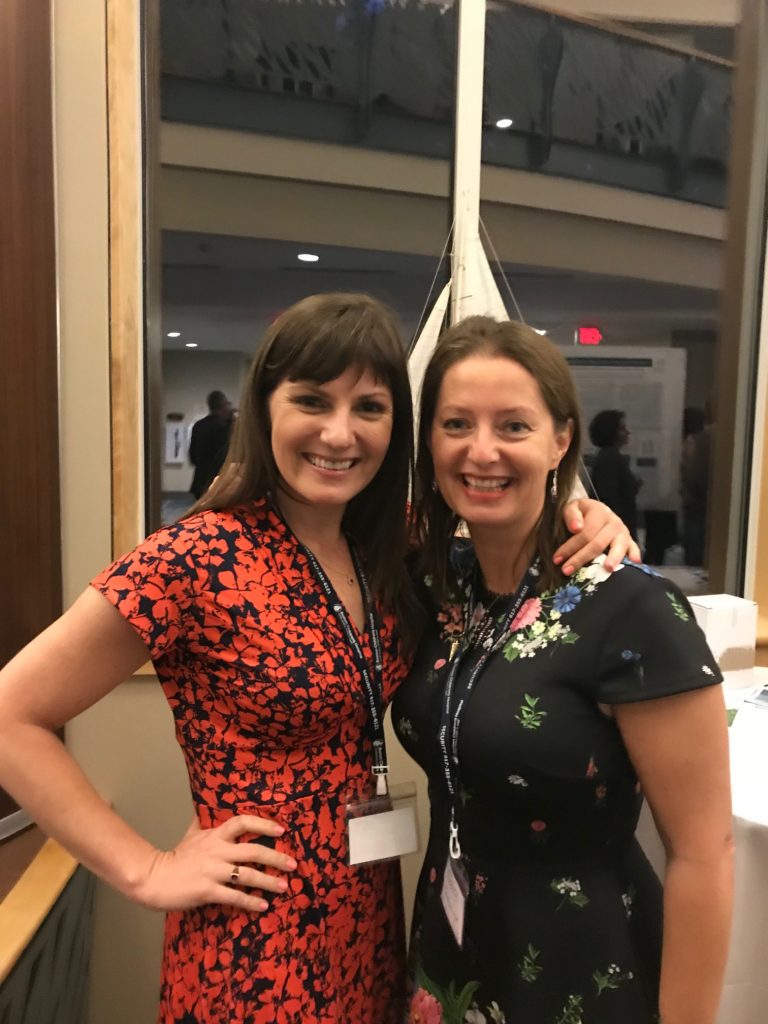
Dr. Claire Donjacour of the Netherlands